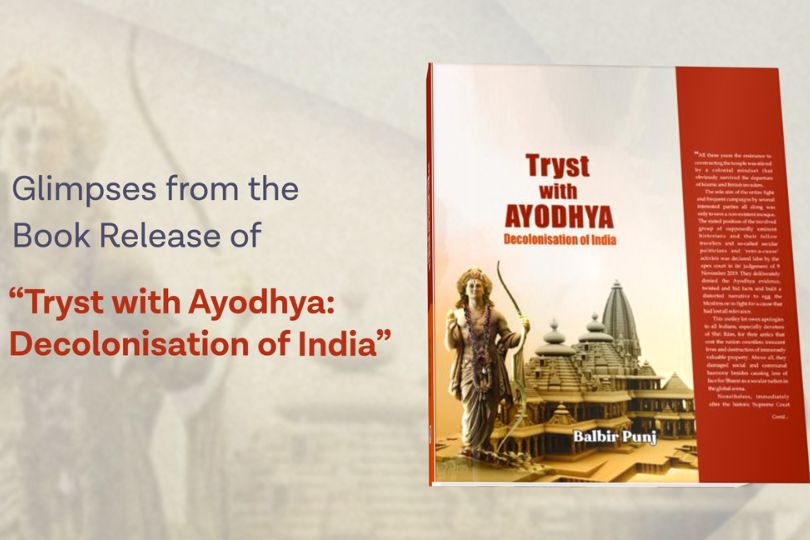Publishing Scenario in Indian Languages
on Sep 08, 2022
.jpg)
India is the seventh biggest publishing nation in the world and has a sprawling market for English books and authors. Since most of these books are written with an international context in line, they have an easier chance of becoming big overseas as they are easy to understand for foreign readers. However, on the other hand, regional Indian language books are written with local costumes, humor, and idiosyncrasies in mind and thus have a much harder time competing in the international market.
Even though India has over 16000 publishers spread across every state of the nation, the regional language publishers tend to be short-time family-owned businesses that do not focus much on selling translation rights of their books in the international market. And despite the language barrier, some translations make it big as some Indian Language writers and writings have also received international exposure.
Like Vivek Shanbhag, Ambai, Sangeeta Bandyopadhyay, Rajathi Salma, Geetanjali Shree, and Perumal Murugan are among the contemporary writers published (or signed to be published) outside India by noted imprints. Some modern classics like 'The Aunt Who Wouldn't Die (Bangla, Shirishendu Mukhopadhyay), 'The Tale of the Missing Man (Hindi, Manzoor Ahtesham), 'The Walls of Delhi' (Hindi, Uday Prakash), and 'Tamarind History' (Tamil, Sundara Ramaswamy) are either published or to be published, internationally. A door to the world has opened. But how long will it last? There aren't many Indian Language Publishers taking the rights trade seriously.
But apart from the international market, Indian Language books are still exploding in the country's regional markets. The book industry in India has recently reached an exponential trend where both digital and traditional sales have outpaced the sales of the past several decades. But the Indian Language Publishers lack in digital as well. Where Indian English books are selling like hotcakes, there isn't much buzz around regional language books online.
All of this is bittersweet news for the Indian Language Book Industry. Even though the industry is steadily growing, if the regional language books and publishers want a slice of this growing pie, they must adapt to the times. They must work more on their translation rights so that more Indian regional books can come into the limelight, while they should work on the digital sector to ensure the buzz of the regional books as much as English books do online.

.jpg)







.jpg)
.jpeg)
.jpg)











.jpg)

.jpg)
Sorry! No comment found for this post.